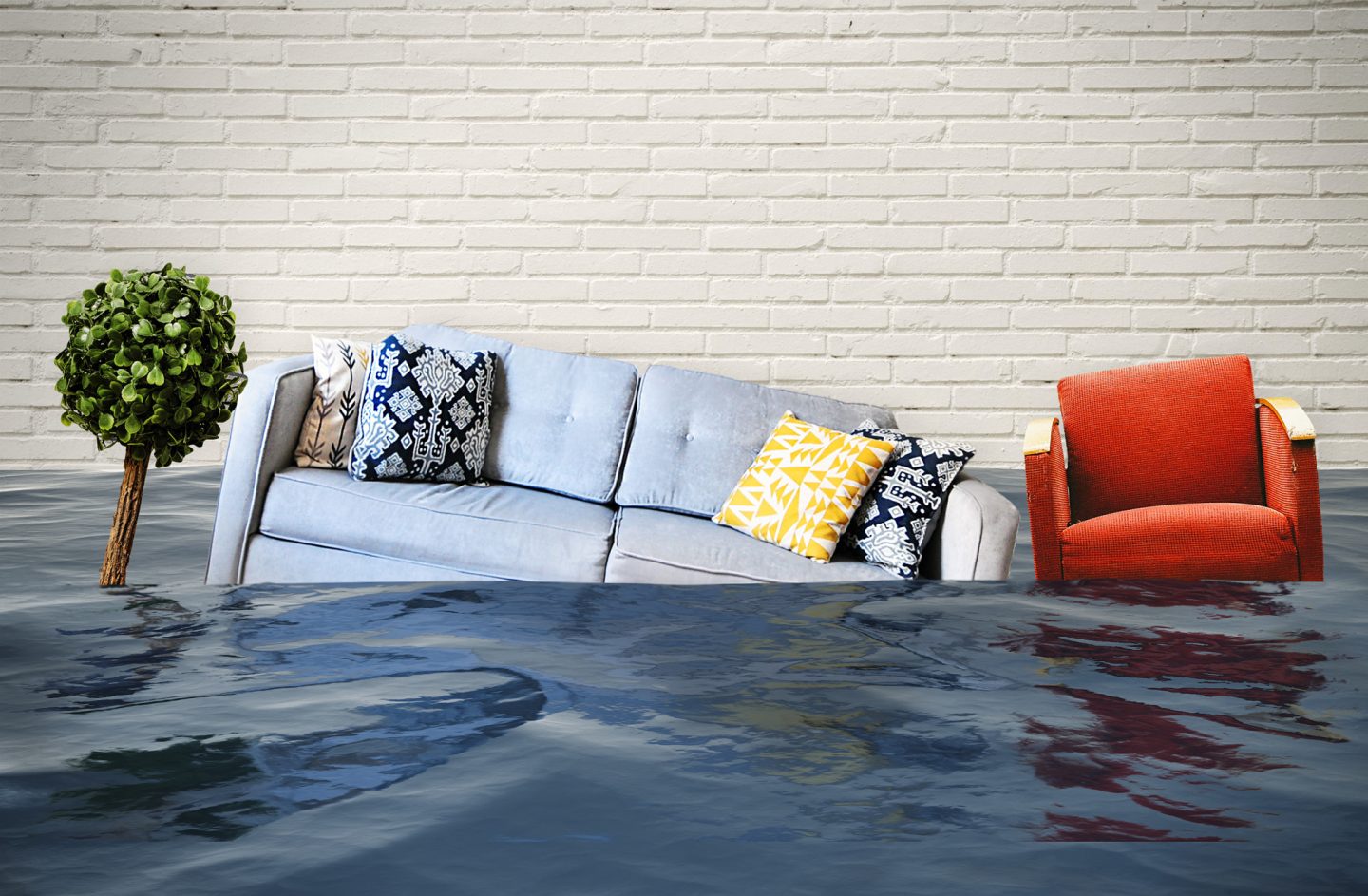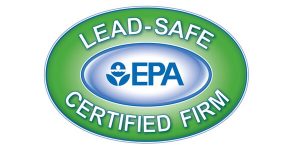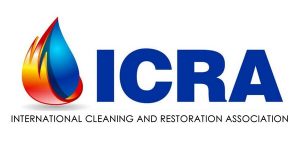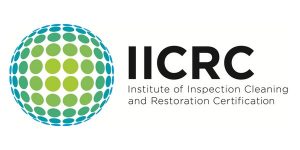
You know that water and electronics don’t go together. But exactly what happens when you drop your phone into the pool… or worse? What about home and business electronics after flooding, a major leak, or fire-sprinklers?
The real question on most people’s mind is “can wet electronics be rescued?” Let’s consider that, leaving the fate of major appliances for another time.
The Damage Done
Absolutely pure water is a good insulator, causing little or no lasting damage. In fact, many companies wash printed circuit boards in highly-purified water after manufacturing them.
But such purity is rare outside the factory. At the opposite extreme, saltwater (such as seawater) is a great conductor. And corrosive. Most water sources, including “clean” drinking water, lie somewhere in between.
So wet electronics frequently lead to short circuits. That can cause components to burn out and be permanently damaged. Or the device may simply not function properly. If moisture makes its way into batteries, displays, or disk drives the odds are that they will be unrepairable. Otherwise, even after the liquid evaporates salts, minerals, and other contamination is left behind. Corrosion can continue and mechanical switches and knobs can become gritty and damaged.
Water damage almost always voids the warranty, but rescuing electronics might be covered as part of water damage restoration.
Recovery
The most important thing to remember is: don’t turn the device on to see if it’s still OK.
That could trigger the short-circuit damage scenario. Tempting as it might be, testing must wait until the item has been thoroughly cleaned and dried.
Cleaned? Yes, particularly if it’s been exposed to dirty water. Without cleaning contamination is likely to remain, potentially still causing shorts, corrosion, and/or mechanical problems. Full drying includes taking care of moisture that may have crept past tiny crevices and then become trapped.
Even with these measures, the device may need electronics repair, such as replacing a few components.
Do-It-Yourself
If a single device has had an accident involving clean water you might be able to rescue it yourself.
First, drain away any liquid and unplug or remove as much as you can. Use a soft cloth and Q-tips to clean and dry as much as you can.
Then place the device in a closed container together with a desiccant for at least 48 hours. It may be as long as a week before it’s safe to turn it back on and give it a try. Uncooked rice isn’t good enough. Ask your local home improvement store for desiccant packets. Or in a pinch, you can use silica gel kitty litter. Should you decide to use heat instead, keep things warm but not hot. Temperatures that are uncomfortable to the touch can damage electronics components. And, again, drying can take several days.
Important Tip: Tests have shown that using rice to absorb moisture is less effective than simply leaving the device out in the open air.
Professional Restoration
Professional water damage restoration companies have specialized equipment to tackle a whole household or office full of wet gear and recover many items that would otherwise be a total loss. Besides ultrasonic cleaners and drying chambers of all sizes, they’re likely to have deionized water and special cleaning products. And above all, they’ll have extensive training, expertise, and experience.
Professionals are also the best judges of what can and can’t be recovered, ready to help with balancing the cost of recovery against the cost of replacement. Nothing’s for sure, but you best chances of recovering any water-damaged electronic equipment are with professional services.









